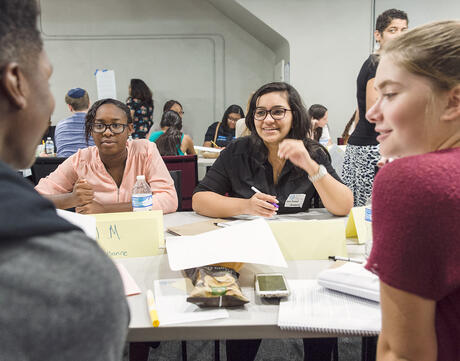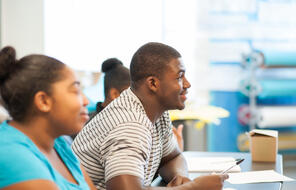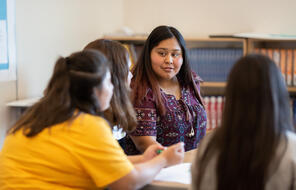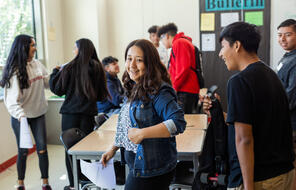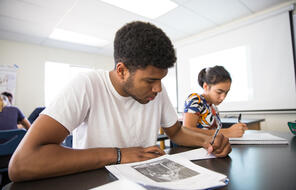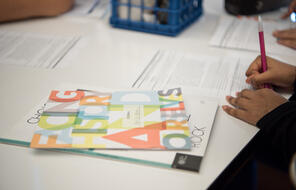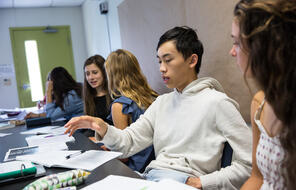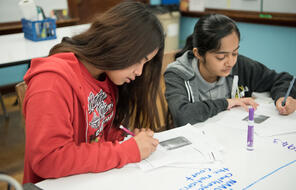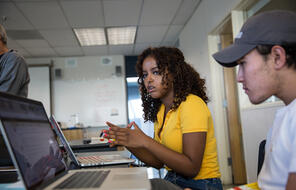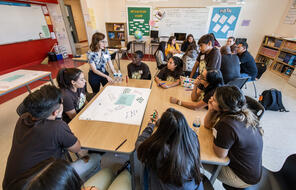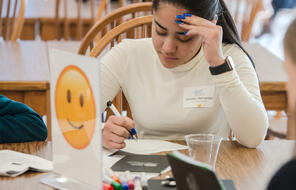Overview
What Is the Jigsaw Teaching Strategy?
The Jigsaw strategy asks a group of students to become “experts” on a specific text or body of knowledge and then share that material with another group of students. This strategy offers a way to help students understand and retain information while they develop their collaboration skills. Because students know they will be responsible for teaching the new content to their peers, they often feel more accountable for learning the material. The Jigsaw strategy is most effective when students know that they will be using the information they have learned from each other to create a final product, participate in a class discussion, or acquire material that will be on a test.
Lesson Plans
How to Use the Jigsaw Teaching Strategy
Unlimited Access to Learning. More Added Every Month.
Facing History & Ourselves is designed for educators who want to help students explore identity, think critically, grow emotionally, act ethically, and participate in civic life. It’s hard work, so we’ve developed some go-to professional learning opportunities to help you along the way.
Exploring ELA Text Selection with Julia Torres
On-Demand

Working for Justice, Equity and Civic Agency in Our Schools: A Conversation with Clint Smith
On-Demand

Centering Student Voices to Build Community and Agency
On-Demand


